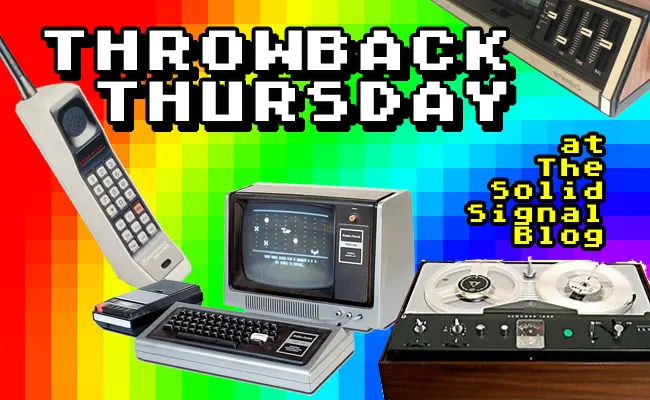The world was a different place in 2009. Oh yeah, for the normal reasons you’re thinking, but also because tech journalism was so, so much different than it was today. Newspapers and magazines were really on the outs by then, but most people got their tech news from blogs like engadget. Oh yes, they were once a very, very big deal. So big that a decade ago they were still bringing a bus full of broadcast equipment to the CES show every year.
And so, when the first legitimate competitor to the iPhone was announced, it was engadget who brought you the most comprehensive review.
Deep dive
That competitor was Motorola’s DROID. By 2009, Motorola was desperately looking for a win. The days when they owned the space with phones like the StarTAC, T720, and RAZR seemed far in the distance by that point. It was time for a Motorola smartphone. Overdue, actually. Motorola had tried entering the smartphone space with a Blackberry clone called the Q, but it failed in the marketplace due to its anemic Windows Mobile operating system.
Take a look at their in-depth review here. Before you do, let’s think about the things which will inevitably make us smile.

First of all there’s the idea that this looked like a futuristic, modern phone in 2009. Today you couldn’t give something like this away.
2009 was a time when you could use words like “the 3.7-inch screen dominates” without laughing. That’s a screen about the size of your ATM card, by the way. In 2021, that would not dominate anything, I assure you.
There was that big physical keyboard. In 2009 a lot of people (including your author) thought that no on-screen keyboard could ever be as good as a physical one. I was wrong, and I admit that. But the real reason this phone needed a physical keyboard and a directional pad was that it didn’t support multitouch. You couldn’t pinch, type effectively, or do any of the gestures which we associate with phones today. And surprisingly in 2009, that was ok with people.
The Droid’s legacy
Was this the breaking point for Motorola? Probably not. I’m not sure there really was a single breaking point, but the company continued to produce less relevant phones for years after this. By 2014, the company spun off its phone business. It eventually landed in the hands of Lenovo, the Chinese electronics giant. Today it’s little more than a zombie brand, a way to attract people who remember its cachet from the past.
I remember thinking the Droid was a solid little phone, that the Android operating system did a good job of transitioning people from the old-school Blackberry way of doing things into a more full-screen methodology. But in the end this Droid, along with the entire Droid line to come, never captured the public’s imagination.
As for engadget itself, it’s still around, although you probably don’t read it every day. The pace of their articles has slowed a lot, and they’re not the company you think of when you think of tech news. (Hopefully you think of this blog for that, but I know you also think of others.) When it comes to product reviews, that whole thing has really moved more to independent influencers who get their money through YouTube and other social channels. Perhaps that’s a loss for traditional journalism. I do think so. But it does bring in new voices and new ideas, and I think that’s good.



